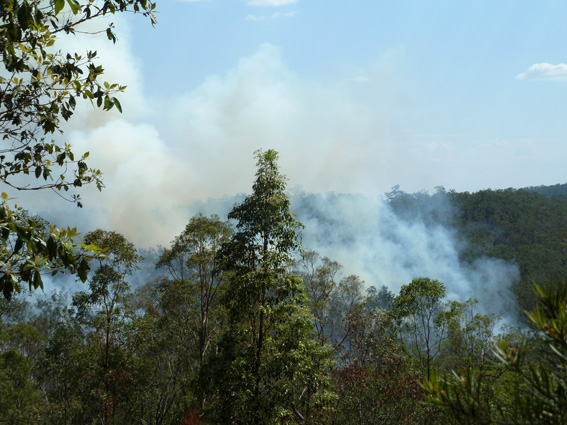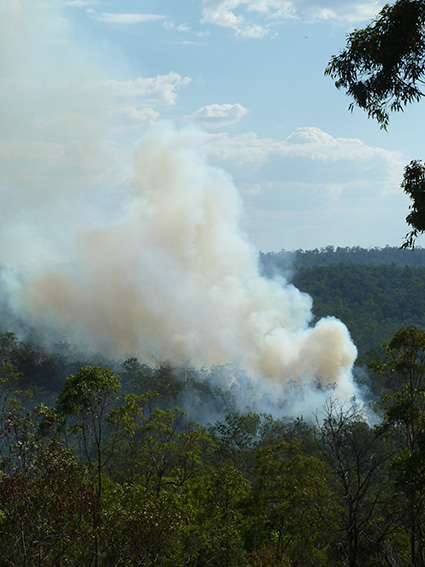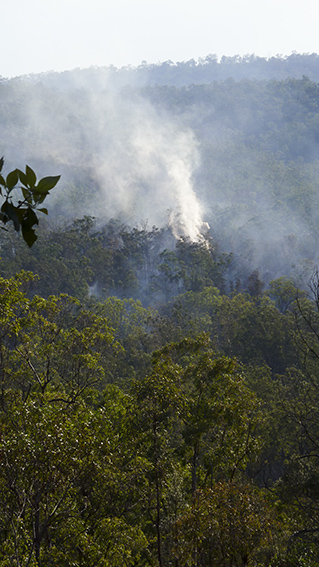The following is reblogged from today’s issue of The Conversation. It describes the major governance factor preventing good decision-making that would lead to sustainable use of Australia’s resources – at all levels, from local government right through to national.
It is affecting our economy, our environment, our quality of life, and our individual finances – and it is destroying the future for our children and grandchildren. Yet the tools that we need to change the situation are now available. This should be the major election issue, but it isn’t even on the radar for either of the major parties or the majority of the minor parties.
A more sustainable Australia: measuring success
By Carl Obst, University of Melbourne and John Wiseman, University of Melbourne
A more sustainable Australia. As the 2013 election campaign continues, we’ve asked academics to look at some of the long-term issues affecting Australia – the issues that will shape our future.
How successful is Australia? You’d think we’d have a fairly easy answer to that – you could get it by looking at our gross domestic product, or GDP. But over the years we’ve gained a number of other success indicators, from health and wellbeing, to the environment, and they often tell a different story.
In 1968, US senator Robert Kennedy observed that GDP “measures everything … except that which makes life worthwhile”. These days not many experts believe GDP is enough to measure whether a country is succeeding.
It’s obvious that we should be using a winder range of progress measures. The real question is why we still struggle to bring those measures into decision making. Why don’t we take it for granted that all decisions must balance economic, social and environmental factors as a matter of course?
Why do we struggle?
People have a collective lack of willingness to think long term, beyond five to ten years. This is the normal state of humanity – we dislike change. This approach works well when external conditions pose no obvious threat. But this means we can end up like the frog in hot water, which doesn’t realise the water is warming until it’s too late.
We tend to assume that whatever is the case now will remain the same. This leaves us in a difficult position when some of the things we depend on, such as functioning environments and societies, gradually deteriorate.
Another problem is that these problems are collective, rather than individual. This means that when resources are used by everyone – such as ocean fisheries, or the atmosphere – self-interest always wins out and the resources suffers. This, known as the tragedy of the commons, continues to be a major problem for global resources.
We also fear things we believe are complex. Our approach to complexity is to divide it up: we find it easier to consider economic, environmental and social aspects independently. We can become quite expert in each one. But we lose the ability to consider all factors simultaneously. It makes it difficult for leaders to make balanced decision when these aspects have all become separated.
Reinforcing this separation, we have developed information that does not support balanced, integrated decision making. For example, over the past 50-60 years economic information has had a significantly larger weight in decision making, notwithstanding the significant increase in the amount of social and scientific data over the same time period.
Combined with the tendency to short attention spans, this leads to more weight being placed on information about current activity (such as income and consumption) rather than longer term drivers of change such as the condition of public infrastructure, the environment and social capital. We have information on the condition of these assets but it tends to not be integrated or organised in a meaningful way. That makes it hard to use it efficiently in standard analytical and related frameworks – let alone broader public debate.
The consistent recording of trends over time provides information to assess past decisions, correct mistakes and visualise the future. In the wonderful words of Abraham Lincoln, “If we could first know where we are, and whither we are tending, we could then better judge what to do, and how do to it”.
Developing the habit of recording past events in a structured and widely disseminated fashion also has the significant side effect of reducing apparent complexity. There is nothing simple about the economic system or the measure of GDP that we use to reflect its performance. But we are now attuned to it and thus, as a collective, see the economy through a different lens to the one we use for environmental or social issues.
How do we adapt our point of view?
One solution would be to change human nature. This is likely to be a tough ask. A more practical approach is to record trends in economic, environmental and social factors, on which we can base decision in the future.
Fortunately, new frameworks for this sort of data collection are being implemented in Australia and globally. In 2012 the United Nations statistics group adopted an international statistical standard: the System of Environmental-Economic Accounting (SEEA). It integrates environmental data (such as flows of water, energy, waste, and emissions and stocks of natural resources) with the standard measures of economic activity.
This SEEA provides an information base for other indicators, such as resource efficiency and sustainable consumption, and inclusive and comprehensive wealth. It could also be used in standard analytical tools such as economic modeling and cost benefit analysis.
Further research has shown the potential to integrate ecological information with standard economic accounting. In particular, we need to consider environmental and economic data for small areas (such as forests, farms, or wetlands).
This integration of environmental, economic and social information at local scales could drive changes in the way we consider decision making at national and international scales. At local scales we deal better with complexity, since there are fewer unknowns and we have a greater interest in thinking for the long term since the impact of decisions and choices affect us directly.
Australia has a small yet strong tradition in environmental-economic accounting and has been a leading country in the development of the SEEA and other measurement frameworks. This work should be encouraged, supported and more actively co-ordinated to build nationally accepted histories of our relationships with the environment.
We need a comprehensive and regular Australian land and ecosystem assessment program along the lines of the recently commenced UK National Ecosystem Assessment. This would first entail dividing Australia up into regions of different land and ecosystem types, such as forests, agricultural land, wetlands, and coastal zones.
Then, using a variety of indicators we would:
- assess the quality and change in quality of those ecosystems
- assess the type and quantity of ecosystem services (such as food, fibre, air and water purification, and recreation) provided by those ecosystems.
While there are a number of related initiatives in Australia, these need to be co-ordinated, regularised and resourced through institutions. Maybe then we can stop thinking about the short-term, and start thinking about the future.
Thanks to the Sustainable Australia Report 2013 for inspiring this series.
Carl Obst was the editor and lead author for the United Nations System of Environmental-Economic Accounting (SEEA) from 2010-2013 and continue to work on a consultancy basis for international organisations that are implementing the SEEA as an international standard.
John Wiseman is a Professorial Fellow with the Melbourne Sustainable Society Institute (MSSI), University of Melbourne.

This article was originally published at The Conversation.
Read the original article.






















